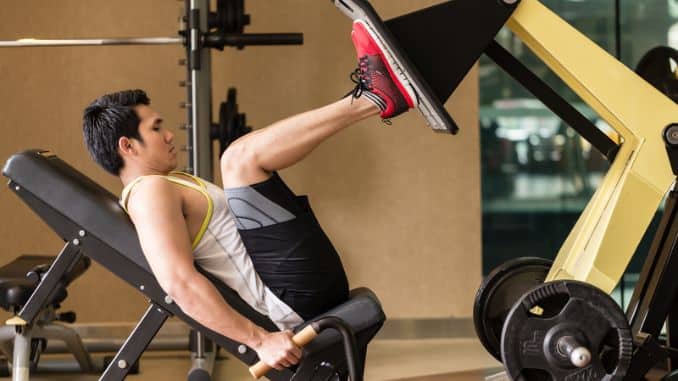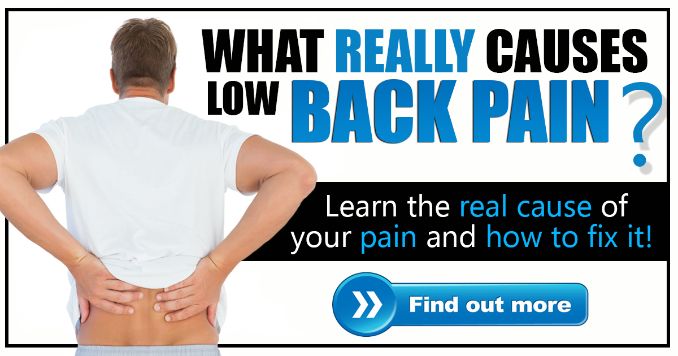I love using the leg press to build lower-body strength, but I’ve learned the hard way that poor form can wreak havoc on your lower back. A lower back pain leg press can happen if you’re not careful—bad posture, excessive weight, and weak core engagement can lead to pain or even serious damage.
Over time, I’ve fine-tuned my technique to stay injury-free—focusing on proper machine adjustments, controlled movements, and core activation. If you’ve ever felt discomfort during or after leg presses, I’ve got your back (literally!).
This guide covers everything I’ve learned about preventing, managing, and recovering from lower back strain, so you can train smarter and safer.
What Is Leg Press?
The leg press is a strength exercise where you push a weighted platform away from you using your legs. You sit on a machine and place your feet on a platform. Then, you extend your legs to push the weight, targeting muscles like the quadriceps, hamstrings, and glutes.
However, improper form or excessive weight can lead to a lower back pain leg press, causing strain on the lower spine. Maintaining proper posture and engaging core muscles can help prevent this.
Understanding Lower Back Pain Leg Press
The leg press is a popular exercise that targets the lower body, specifically the quads, hamstrings, and glutes. However, when not performed with proper form, it can sometimes lead to lower back injuries.
Leg muscles [1] (rectus femoris & vastus lateralis) were less active when pre-exhausted.
According to Dr. Himanshu Vats, excess physical activity can cause muscles and ligaments in your lower back to stretch too much or tear. This can result in pain, stiffness, and even muscle spasms. Strains and sprains in your back can often be treated at home: Limit physical activity for a few days.
Here’s a breakdown of how this happens and how to prevent it.
How The Leg Press Affects Your Back
- The leg press places high pressure on the lower back, especially if the form is incorrect.
- Excessive weight and a rounded lower back can lead to strain on the lumbar spine.
- Poor core engagement makes the back more vulnerable to injury.
Why The Leg Press May Cause Back Pain
- Poor seat adjustment can force the lower back into a rounded position.
- Too much weight increases pressure on the spine. Limited hip movement in the leg press may reduce flexibility and mobility, leading to discomfort over time.
Symptoms To Watch Out For
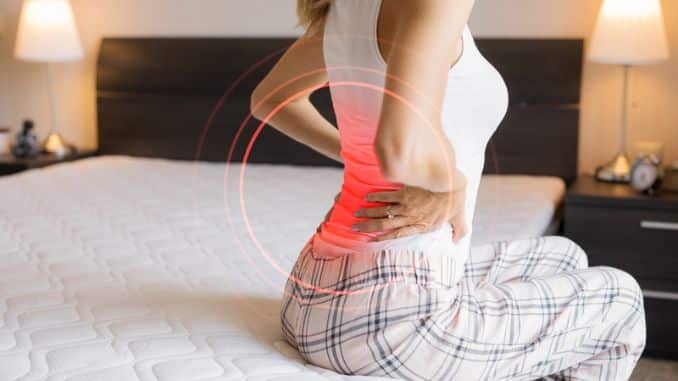
- Pain or discomfort in the lower back
- Stiffness or limited mobility in the lower back
- Pain or numbness in the legs or feet
Avoiding Back Pain during Leg Press
Adjusting the seat properly ensures that your back maintains a neutral spine position throughout the exercise. This helps to minimize strain on the lumbar spine and prevents rounding of the lower back, a common cause of injury.
- Avoid excessive weight—control the movement instead of pushing to the max.
- Engage your core to stabilize your lower back.
- Include exercises like squats and glute bridges to strengthen supporting
Best Techniques For Performing Leg Press Exercises
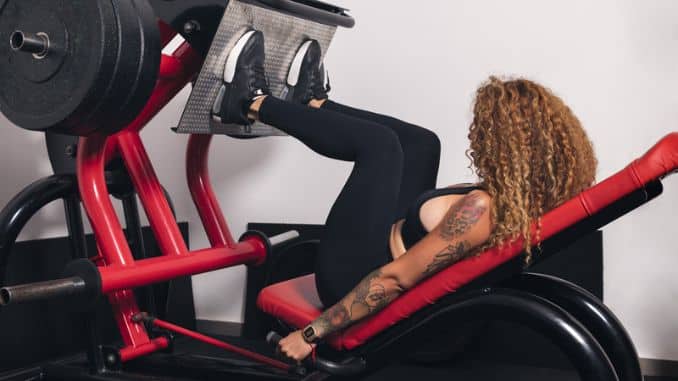
Begin by sitting on the leg press machine, ensuring your back is fully supported and flat against the seat. Place your feet shoulder-width apart on the platform, avoiding positioning them too high or too low.
Engage your core and, with control, push the weight away using your legs—avoid jerking or rushing the movement.
Keep a slight bend in your knees to prevent locking them and to reduce strain on your joints.
As you push the weight, exhale, and inhale as you slowly bring it back down.
Perform the movement with focus and precision, ensuring your lower back stays supported throughout.
- Repeat the exercise for your desired number of sets and reps.
What Are The Benefits Of Leg Press Exercises
- Strengthens lower body muscles: It works your quads, hamstrings, glutes, and calves.
- Improves muscle tone and endurance: Regular use can enhance muscle definition and stamina.
- Supports functional movements: It helps with activities like walking, running, and climbing stairs.
- Low-impact: It’s gentler on your joints compared to exercises like squats.
Simple Alternative Exercises That Won’t Hurt Your Back
1. Wall Sits
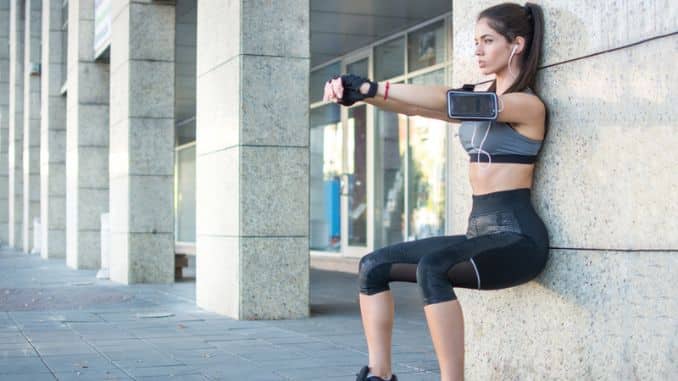
- Begin in an upright standing position with your back against the wall and your feet shoulder-width apart, maintaining good alignment with your head, shoulders, hips, and legs.
- Engage your core. Slide down into a sitting position, keeping your knees at a 90-degree angle.
- Extend your arms forward at shoulder height and hold this position for 20-30 seconds, ensuring your core is engaged and your back remains flat against the wall.
- Return to the starting position and repeat the movement 3-5 times.
2. Glute Bridges
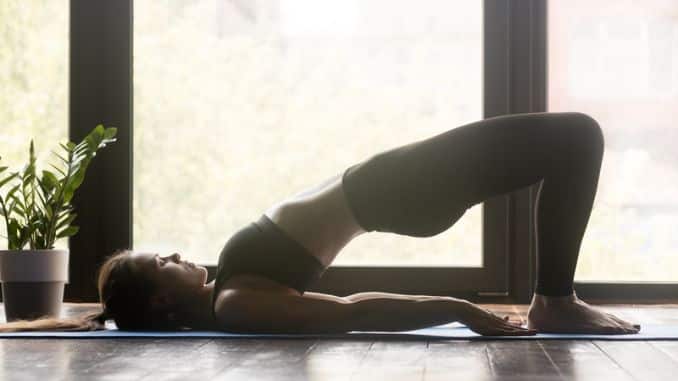
- Lie on your back on the floor with your knees bent and feet flat on the floor.
- Place both hands beside you.
- Contract your core and press through your heels to lift your hips towards the ceiling, forming a straight line from your knees to your shoulders.
- Hold the position briefly, then slowly lower your hips back to the starting position.
3. Deep Squat Stretch
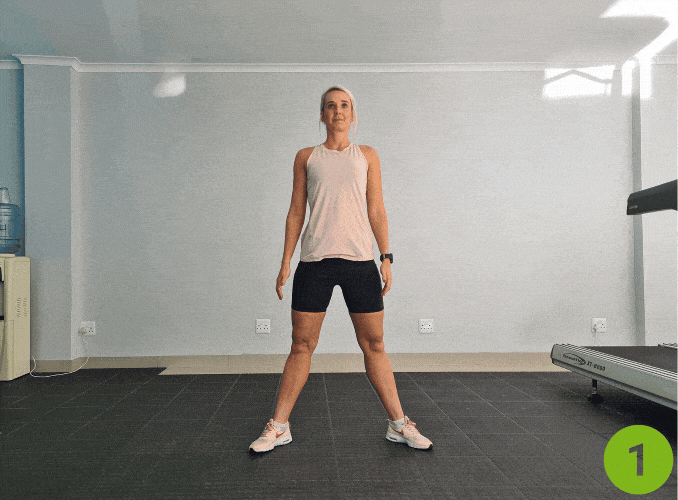
- Begin in an upright standing position with your feet wider than shoulder-width apart and your toes pointing slightly outward.
- Place your arms at your side. Engage your core, hinge from your hips, and bend your knees to lower your seat downward, maintaining the alignment of your upper body.
- Keep your knees behind your toes and do not let your knees fall inward as you press your hands together at chest level.
- Hold this position for a couple of seconds.
- Raise back up to return to the starting position. Repeat the movement with 10 repetitions.
4. Step Ups
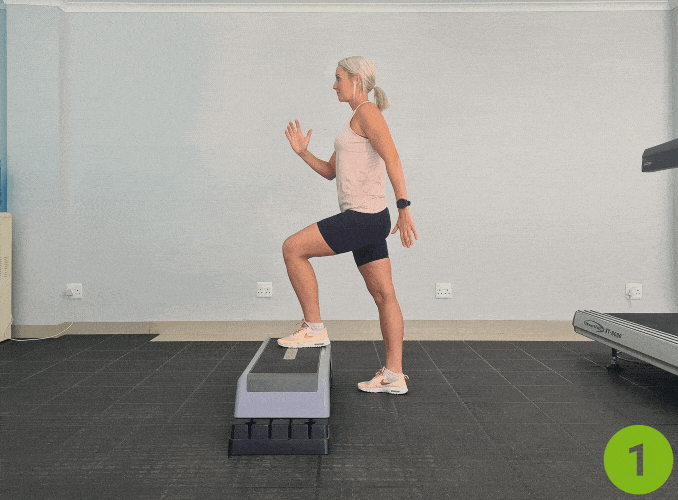
For this exercise, you can utilize the plyometric box, stairs, or bench for support if needed.
- Begin in an upright standing position in front of a plyometric box with your feet hip-width apart, maintaining good alignment with your head, shoulders, hips, and legs.
- Place your arms at your side.
- Engage your core.
- Place your right foot on top of the box, stairs, or bench, then push yourself up onto it.
- Then slowly step down with your left foot. Perform the next step with the left foot leading first, alternating them throughout the exercise. Repeat the movement
Importance Of Proper Form In Preventing Injury
- Proper form helps to distribute the weight and stress evenly throughout the body
- Proper form reduces the risk of injury to the lower back and other muscles
- Proper form allows for a more effective and efficient workout
Conclusion
Using proper form and technique during the leg press [2] helps reduce the risk of leg press lower back injury. Focus on core engagement, controlled movements, and appropriate resistance levels. Prioritize injury prevention for a safer and more effective workout.
Now you can relieve your constant back pain in days and cure it in weeks by following a simple exercise program. Don’t spend money on medicines, pills, supplements, doctors, drugs, or surgery. Check out this Low Back Pain Solved!
Frequently Asked Question
Can Leg Press Hurt The Lower Back?
Yes, if not done properly, the leg press can put strain on your lower back, especially if you have poor form or use too much weight.
How Long Does It Take For Lower Back Strain To Heal?
It usually takes a few days to a few weeks for a mild lower back strain to heal, but for more severe strains, it could take several weeks to months.
Can Improper Leg Press Technique Cause A Herniated Disc?
While the leg press itself doesn’t directly cause herniated discs, improper technique or excessive weight can increase the risk of spine injuries, potentially leading to a herniated disc.
What Is A Common Injury From The Leg Press?
While the leg press itself doesn’t directly cause a herniated disc, using improper technique or lifting too much weight can increase the risk of injuring your spine, potentially leading to a herniated disc.
What Are The Symptoms Of A Herniated Disc In Your Lower Back?
While the leg press itself doesn’t directly cause a herniated disc, using improper technique or lifting too much weight can increase the risk of injuring your spine, potentially leading to a herniated disc.

